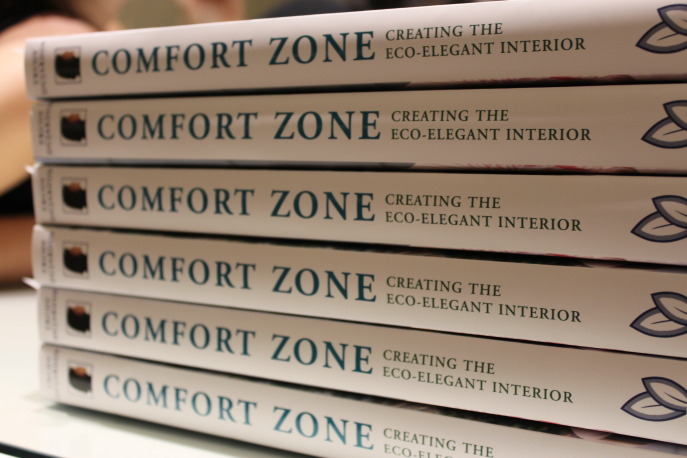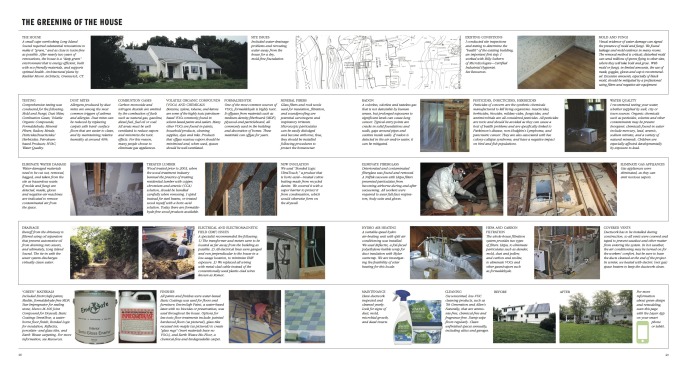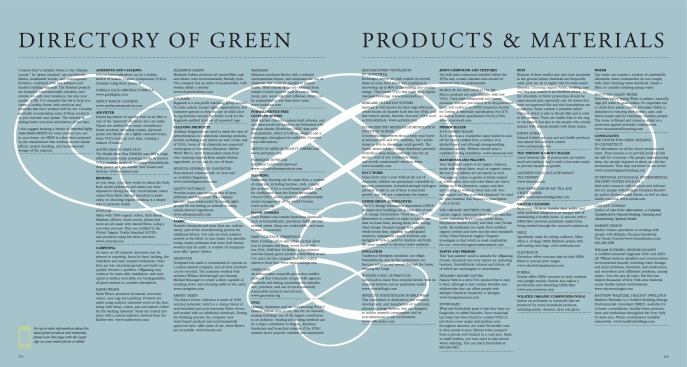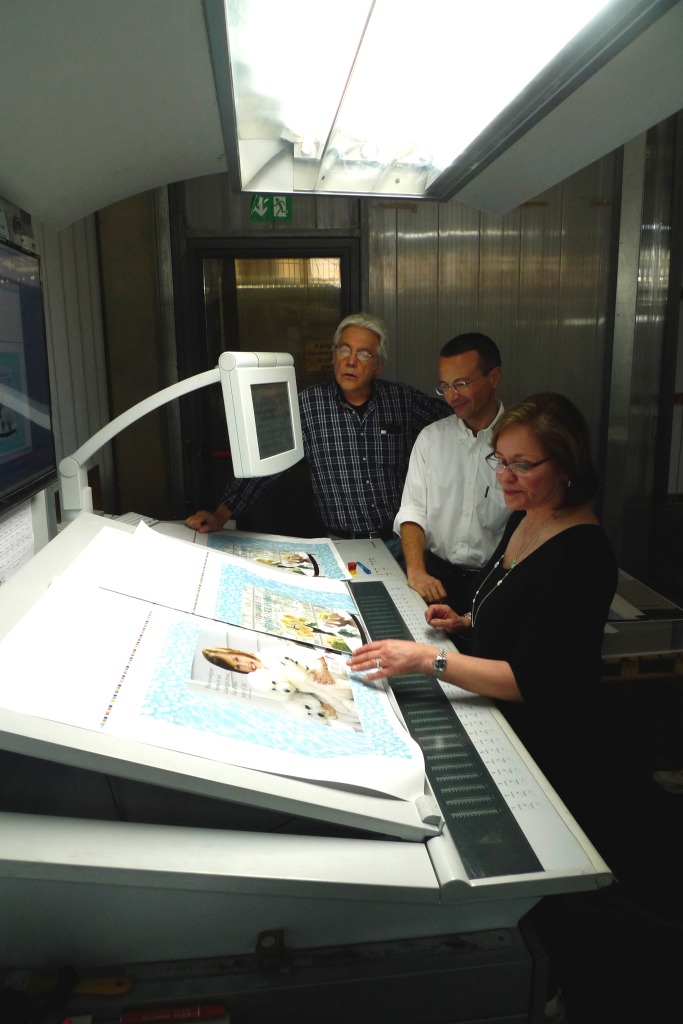Imagine if it was possible to drive a car without worrying about polluting the atmosphere, and what you were contributing to climate change. Imagine a country without gas stations, and without dependence on fossil fuels. Imagine more American jobs.
Anyone who has made a commitment to living in an environmentally responsible manner has confronted the difficulty of everyday choices. As one of the first design professionals to embrace green design in the 1980s, I’ve seen huge changes in the building industry, and in the marketplace for sustainable goods and services. As a passionate environmentalist, I’m heartened by the number of manufacturers who are responding to the demands of their customers by making better, greener products available.
I first wrote about electric cars in October, 2012. After highlighting a number of cars available at that time (the Chevrolet Volt, the Nissan Leaf, the Mitsubishi i-MIEV), I ended with a promise: that my next car would be an electric one.
I’ve kept that promise. I’m now the owner of a new Tesla Model S. I made that choice for a few good reasons, most of them outlined in the first paragraph of this post. Like other writers on this topic have said, I never would have spent this much for a car without Tesla’s advanced technology. I’ve driven a Toyota Prius for some time, and appreciate that hybrid car for what it offers. My new Tesla takes electric technology to the next level.
Here are a few things I considered in making my decision:
1. Zero Emissions and no fossil fuels: This car is 100% free of pollutants, and frees us from dependence on foreign oil sources.
2. Quick recharging capability: A Tesla can be 50% recharged in 20 minutes, and 80% recharged in 40 minutes. If you’re driving a long distance, you can recharge at a supercharger station in the amount of time it takes to grab a cup of coffee and take a comfort break. And with its extensive range (up to 300 miles), most recharging happens overnight. Other electric cars can take hours to charge.
3. It’s Extremely Safe: With all the weight in the floor where the batteries are, the car’s center of gravity is very low, making it safer than many other vehicles.
4. It’s Recyclable: The car’s battery and motor use no rare earth minerals, and the car frame and body are recyclable aluminum. The battery pack is recyclable, too: One of the criticisms of electric vehicles is that a battery pack, once exhausted, becomes waste. But there is a growing aftermarket for these batteries in static energy storage application. That will only grow in the months and years to come.
5. It’s Made in America: The Tesla Model S is made in Fremont, California, at a defunct plant once operated as a joint venture between Toyota and General Motors. At the time of my first post on electric cars, Tesla had 3,000 employees. Today, that number has grown to almost 6,000. I like knowing I’m supporting American jobs.
Other Options:
Other than the Tesla, you might consider the Chevrolet Volt, the Smart ForTwo Electric, the Nissan Leaf, or the Mitsubishi i-MIEV.
It’s true that charging your car on the electric grid means that the environmental cost is transferred to the utility company. But battery powered cars are more efficient at converting energy into transportation. My Model S can travel almost 300 miles on a single charge of its battery, which equates to less than three gallons of gas.
We may not have perfect solutions to all our automobile-based problems yet, but supporting new technology is one way to ensure that someone is working on the issues.









































